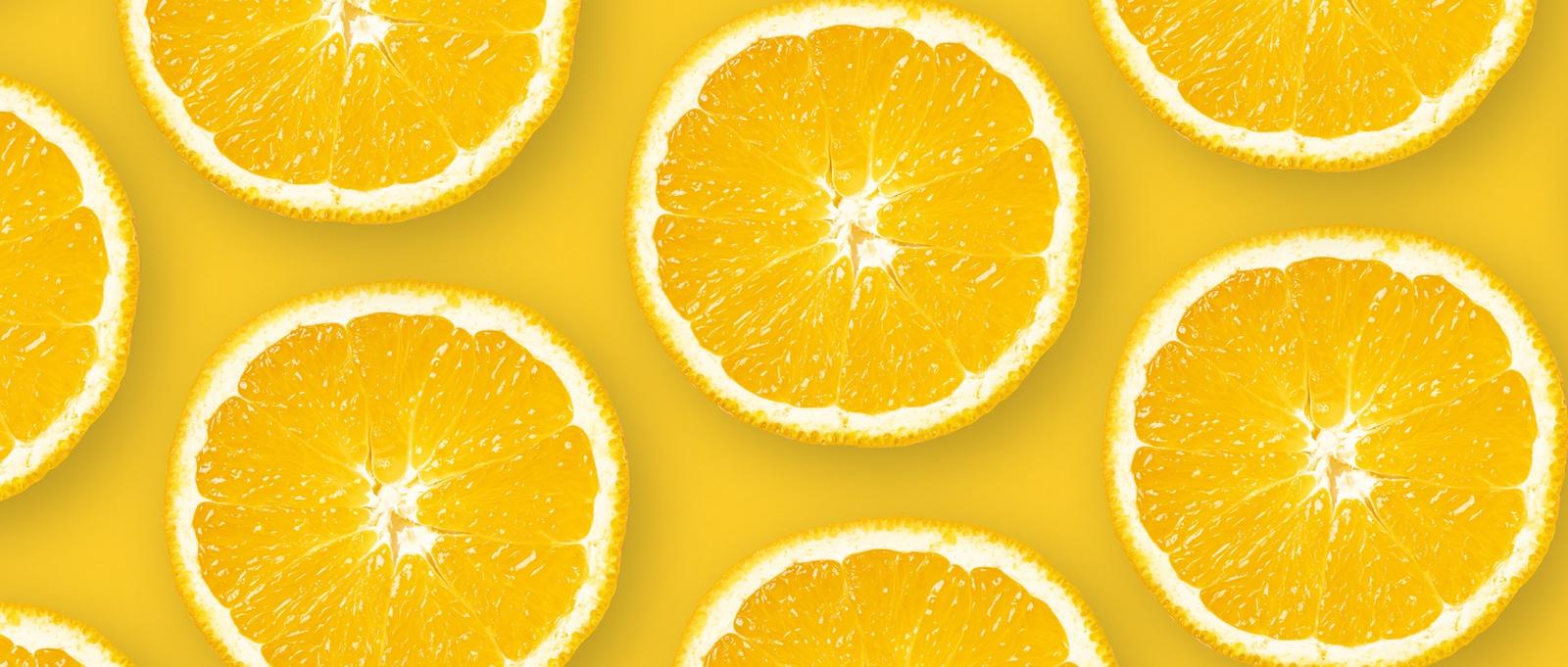
Pourquoi il est si important de connaître son type de peau cet été
Révision par les pairs : Dr Colin Tidy, MRCGPDernière mise à jour par Heather AinsworthDernière mise à jour : 21 juillet 2025
Répond aux besoins du patient lignes directrices éditoriales
- TéléchargerTélécharger
- Partager
- Langue
- Discussion
Vous bronzez facilement ? Vous commencez à rosir dès que vous vous exposez au soleil ? Alors consultez l'échelle de Fitzpatrick, un outil pratique pour évaluer la sensibilité de votre peau et vous aider à protéger votre corps des brûlures cet été.
Dans cet article :
When we think about the type of skin we have, we might use words like dry, oily, or sensitive to describe it. But according to dermatologist, Dr Anjali Mahto, author of The Skincare Bible and spokesperson for the British Skin Foundation, we should also be thinking about our skin in a slightly different way, in order to better protect ourselves from the sun.
Poursuivre la lecture ci-dessous
What is the Fitzpatrick Scale?
Developed in 1975 by American dermatologist, Thomas Fitzpatrick, and commonly used in modern day dermatology, the scale is a simple way of classifying different skin types.
Mahto explains, "The Fitzpatrick scale allows dermatologists to identify your chance of developing skin cancer, It's also useful for assessing signs of premature skin ageing due to the sun, and for estimating the safe dose of UV light in patients receiving light therapy for conditions such as psoriasis."
Additionally, it helps guide laser therapies such as laser hair removal or scar treatments, and even cosmetic procedures such as clinical peels.
So why haven't more of us heard about it? Well, Mahto says that's probably because it's primarily a tool for dermatologists, not the general public. But becoming more familiar with the Fitzpatrick scale could be useful for all of us.
"For dermatologists, the Fitzpatrick skin type is more important to us, than 'are you oily, dry, or sensitive?'," she points out.
What are the Fitzpatrick skin types?
The Fitzpatrick scale has six main skin types based on the colour of your skin and its reaction to sun exposure.
Type 1: always burns, never tans - often has red or strawberry blonde hair, freckles, and blue/green or pale-coloured eyes.
Type 2: usually burns and tans minimally - commonly has fair skin, hair, and pale eyes.
Type 3: sometimes burns mildly but tans evenly.
Type 4: burns minimally and tans easily - generally olive skin tones.
Type 5: rarely burns and tans heavily - usually dark hair and dark eyes.
Type 6: never burns and tans heavily.
However, these skin types are a guideline. Some people may not fit exactly into one category, Mahto says.
"It's not there to be a hard and fast rule. Some people might look fair but actually tan quite easily. It's essential to ask the question about what happens to your skin when you are out in the sun. It might look like you are a type 2 or 3 to me, but you might actually be a 4 because you tolerate the sun quite well."
Poursuivre la lecture ci-dessous
What can your skin type can tell you?
Knowing your Fitzpatrick skin type can help you make better decisions about how to look after your skin in the sun. Multiple sunburns have been linked to the development of skin cancer.
Type 1 and 2
"Those with type 1 to 2 skin have higher chances of developing skin cancer," says Mahto. "These fairer skin types should use a broad-spectrum sunscreen which is minimum factor 30."
Type 3 and 4
People with skin types 3 and 4 tan more easily and burn less frequently than lighter skin types. However, although they have some protection from melanin - a natural pigment the body makes to protect us from UV rays - they still have a moderate chance of developing skin cancer. Even though their odds are lower, using sun protection remains essential.
Type 5 and 6
Having darker skin does not mean you can skimp on sun cream. Whilst people with darker skin types are less likely to develop skin cancer, there is actually a form that's more prevalent in those with type 5 to 6 skin.
"There is a type of skin cancer called acral lentiginous melanoma. But that type of melanoma is not driven by sun exposure. So wearing sunscreen is not going to reduce your probability of getting that type of skin cancer," Mahto says.
However, wearing a regular sunscreen can reduce age-related skin changes for those of all skin types.
When to get your skin screened
"Ultimately, people of all skin types can benefit from seeking shade, covering up and donning a sun hat and shades. And if you have any concerns about a new or changing mole, or non-healing sores on the skin, these are good reasons to get checked out," says Mahto.
Regularly checking your skin is helpful for detecting skin cancer early. By familiarising yourself with your skin's normal appearance, you'll be more likely to catch any changes. Skin cancer can vary in appearance, and symptoms can differ as well. Some signs might resemble other skin conditions.
Here are some common warning signs of skin cancer to look out for:
A sore or area that doesn't heal after 4 weeks.
A sore or area that looks unusual.
A sore or area that hurts, itches, bleeds, or has crusts or scabs lasting more than 4 weeks.
Speak to your doctor if you're worried about any changes to your skin.
Patient picks for Sun and sunburn

Santé de la peau, des ongles et des cheveux
Bio-Oil agit-il sur les vergetures ?
Bio-Oil est le nom de marque d'une huile de soin pour la peau censée améliorer l'apparence des cicatrices, des vergetures et des irrégularités du teint. L'industrie de la beauté est saturée de produits qui prétendent se débarrasser des vergetures et des rides. Nous examinons si Bio-Oil tient ses promesses.
par Victoria Raw

Santé de la peau, des ongles et des cheveux
Les meilleurs aliments et nutriments à consommer pour une peau saine
Il semble que nous passions de la lutte contre les imperfections de l'adolescence à la lutte contre les rides. Cependant, l'intégration d'aliments riches en nutriments dans votre régime alimentaire peut être bénéfique pour votre peau à tout âge. Nous examinons ici quelques-uns des nutriments essentiels à la santé de la peau et ce que vous devriez ajouter à vos courses hebdomadaires pour les obtenir.
par Victoria Raw
Poursuivre la lecture ci-dessous
Historique de l'article
Les informations contenues dans cette page ont été évaluées par des cliniciens qualifiés.
Prochaine révision prévue : 21 Jul 2028
21 Jul 2025 | Dernière version
17 Jun 2019 | Originally published
Auteur: :
Natalie Healey

Demandez, partagez, connectez-vous.
Parcourez les discussions, posez des questions et partagez vos expériences sur des centaines de sujets liés à la santé.

Vous ne vous sentez pas bien ?
Évaluez gratuitement vos symptômes en ligne
Sign up to the Patient newsletter
Your weekly dose of clear, trustworthy health advice - written to help you feel informed, confident and in control.
By subscribing you accept our Privacy Policy. You can unsubscribe at any time. We never sell your data.